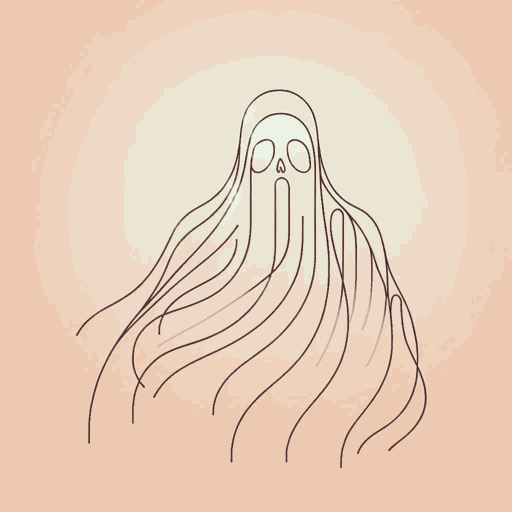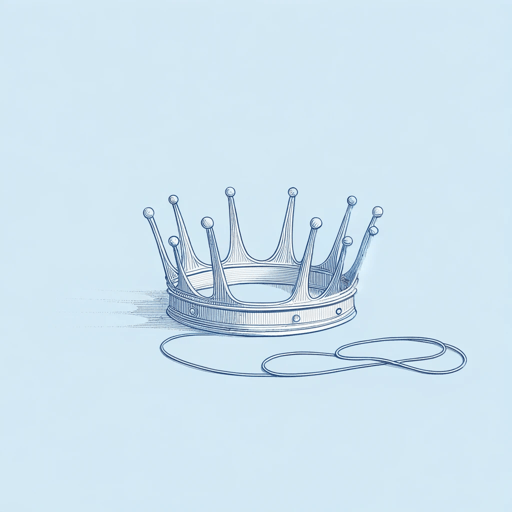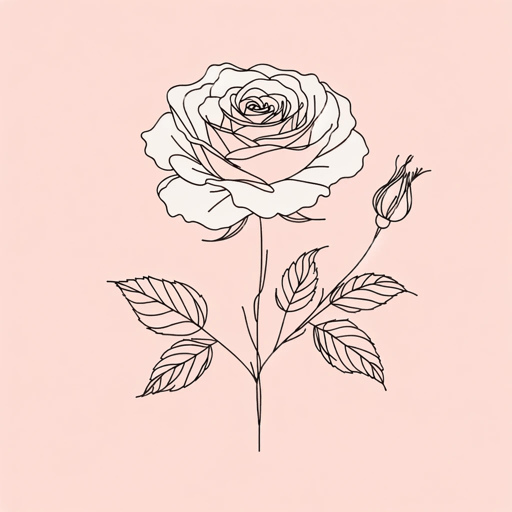18 pages • 36 minutes read
William ShakespeareSonnet 1
Fiction | Poem | Adult | Published in 1609A modern alternative to SparkNotes and CliffsNotes, SuperSummary offers high-quality Study Guides with detailed chapter summaries and analysis of major themes, characters, and more.
Themes
The Power of Beauty
The speaker’s obsession with the young man’s beauty highlights its power. While the addressee of the poem is male, the sonnet relies on descriptions and imagery that more typically refer to female attractiveness, transforming them somewhat to fit a new male comparison. For example, one metaphor compares the addressee’s features to “beauty’s rose” (Line 2). Floral imagery like this was often used to depict women: The delicacy and elegance associated with flowers tend to be feminine ideals, and—more subtly—flowers were seen as a plant’s receptive reproductive organ, similar to the vulva. However, the speaker here ascribes floral characteristics to the young man he is trying to persuade to have children. While the poem’s flowers retain their association with beauty, they are also endowed with more masculine qualities such as agency and power. For example, while the young man’s rose-like exterior makes him “sweet,” he can also be warlike and violent, becoming his own worst enemy, or “Thyself thy foe […] too cruel” (Line 8). Similarly, the young man isn’t just a passive “fresh ornament” (Line 9) in the world—that would be the role of a beautiful young woman, whom the patriarchal culture of Shakespeare’s time would want to be merely decorative.
Related Titles
By William Shakespeare

All's Well That Ends Well
William Shakespeare

A Midsummer Night's Dream
William Shakespeare

Antony and Cleopatra
William Shakespeare

As You Like It
William Shakespeare

Coriolanus
William Shakespeare

Cymbeline
William Shakespeare

Hamlet
William Shakespeare

Henry IV, Part 1
William Shakespeare

Henry IV, Part 2
William Shakespeare

Henry V
William Shakespeare

Henry VIII
William Shakespeare

Henry VI, Part 1
William Shakespeare

Henry VI, Part 3
William Shakespeare

Julius Caesar
William Shakespeare

King John
William Shakespeare

King Lear
William Shakespeare

Love's Labour's Lost
William Shakespeare

Macbeth
William Shakespeare

Measure For Measure
William Shakespeare

Much Ado About Nothing
William Shakespeare

